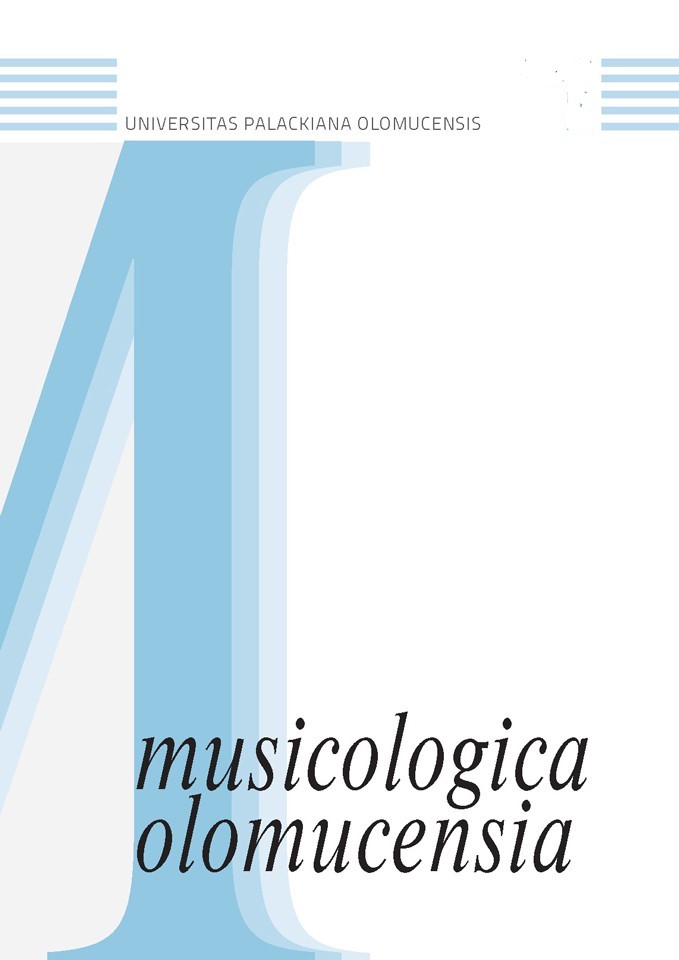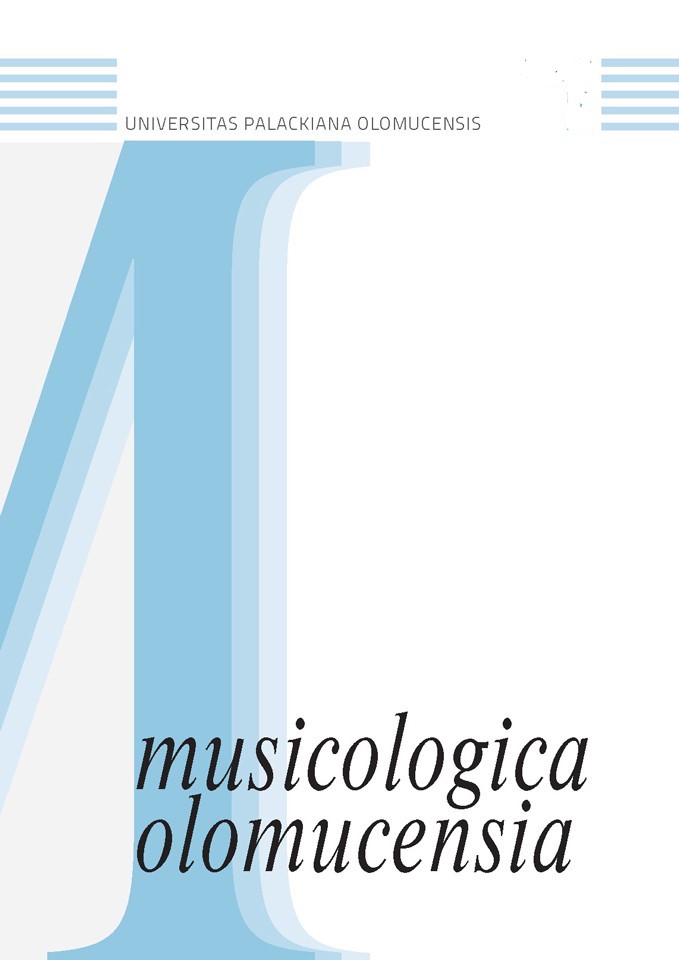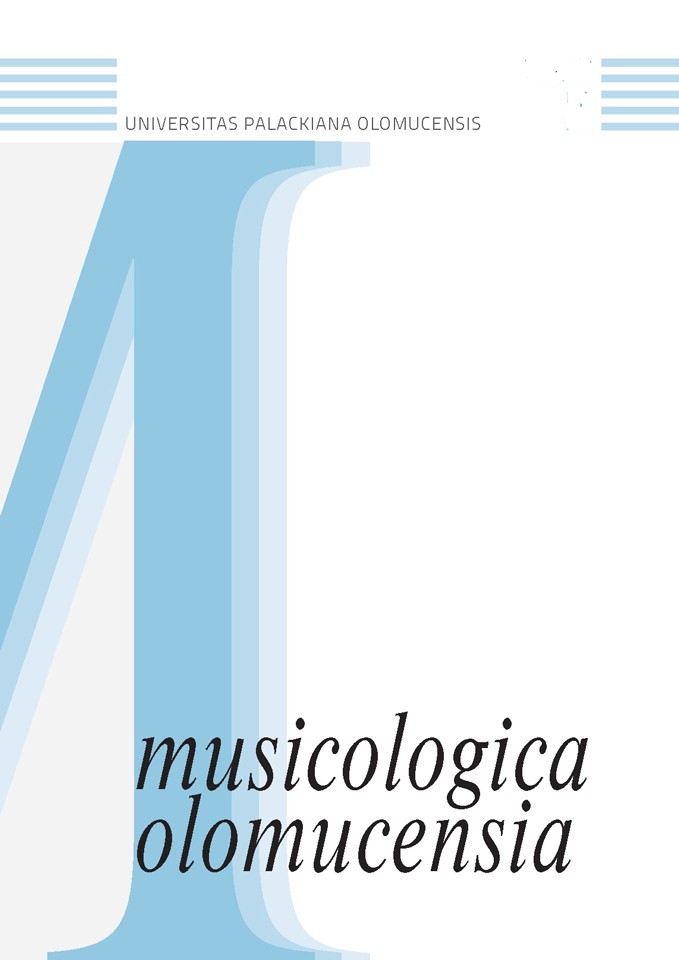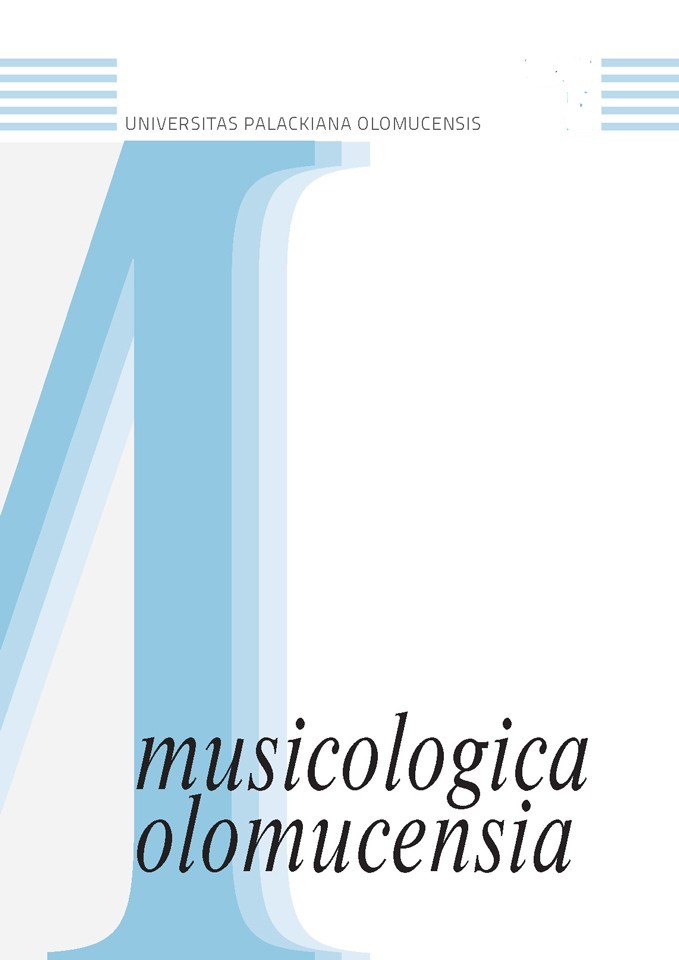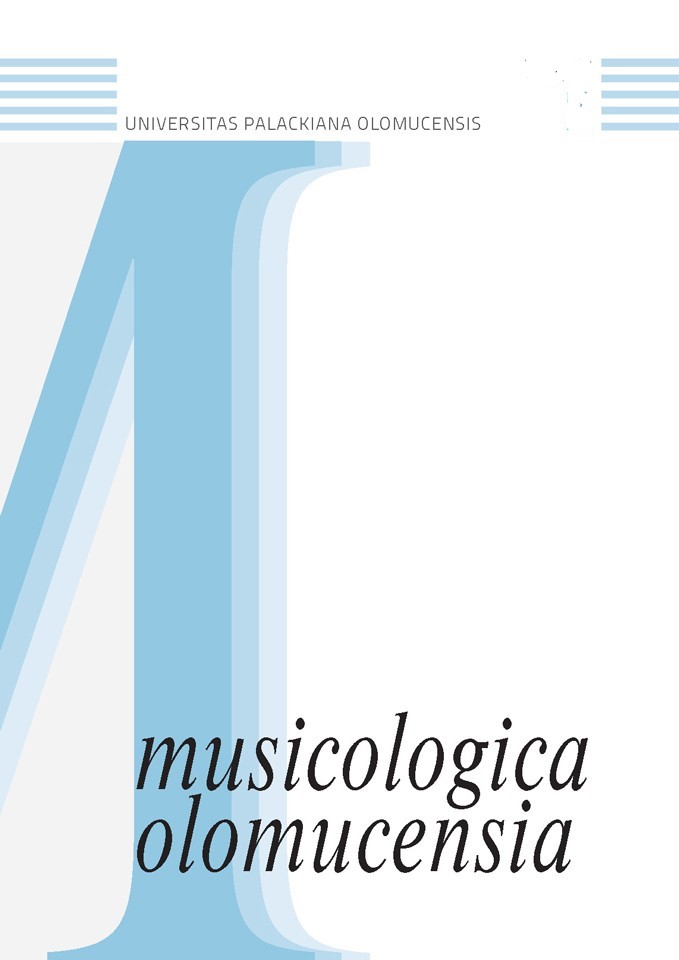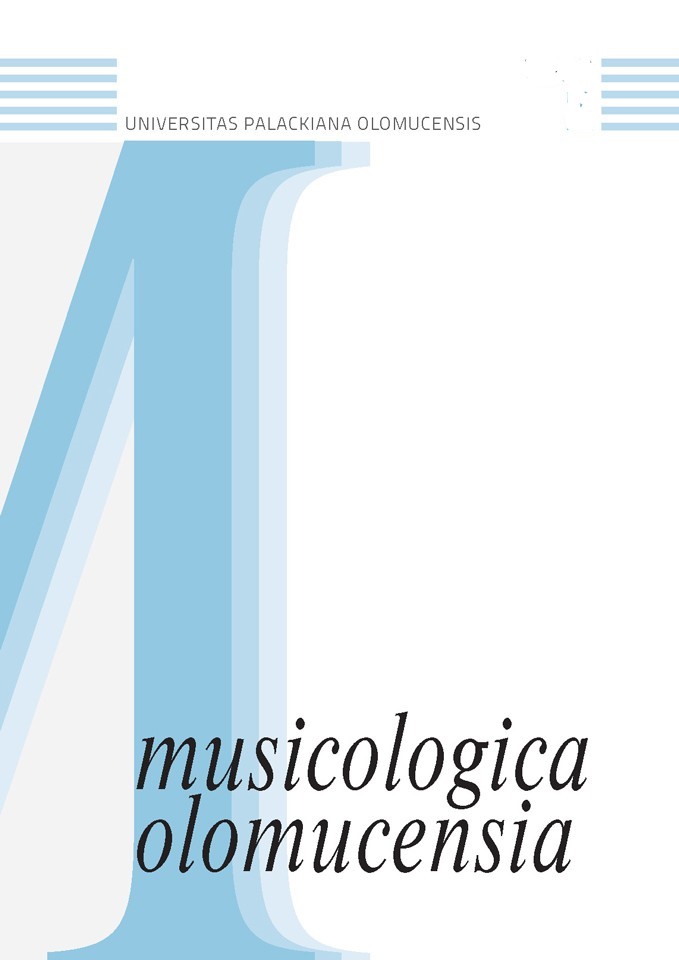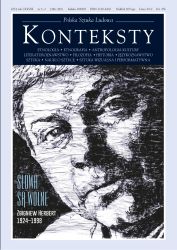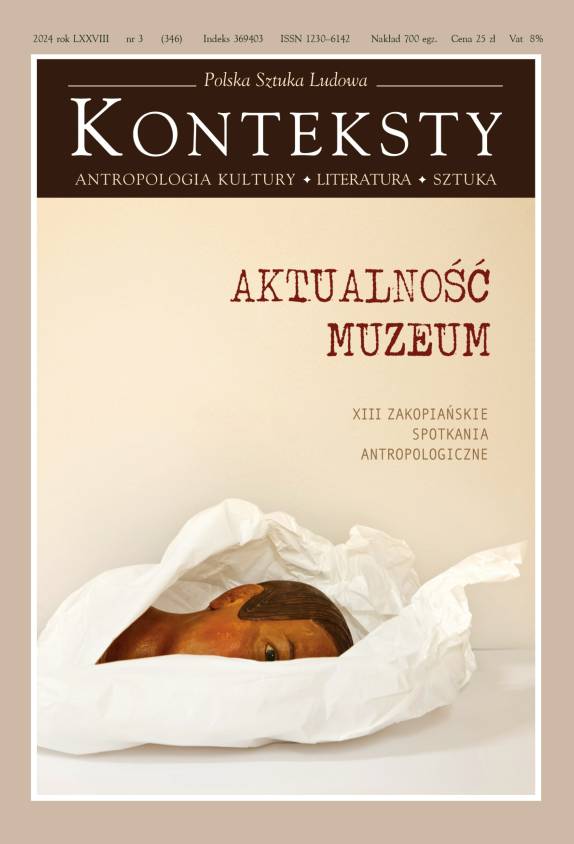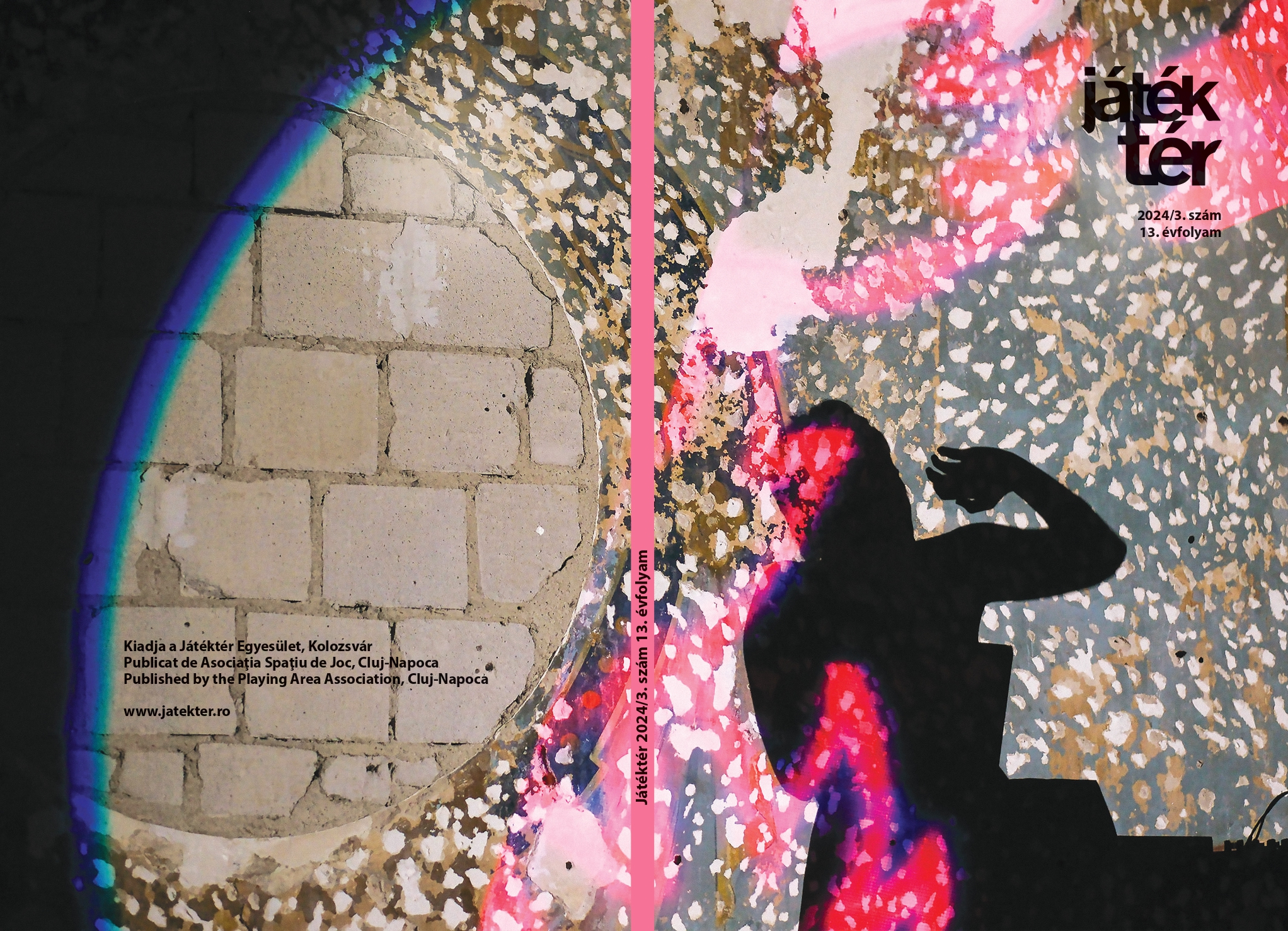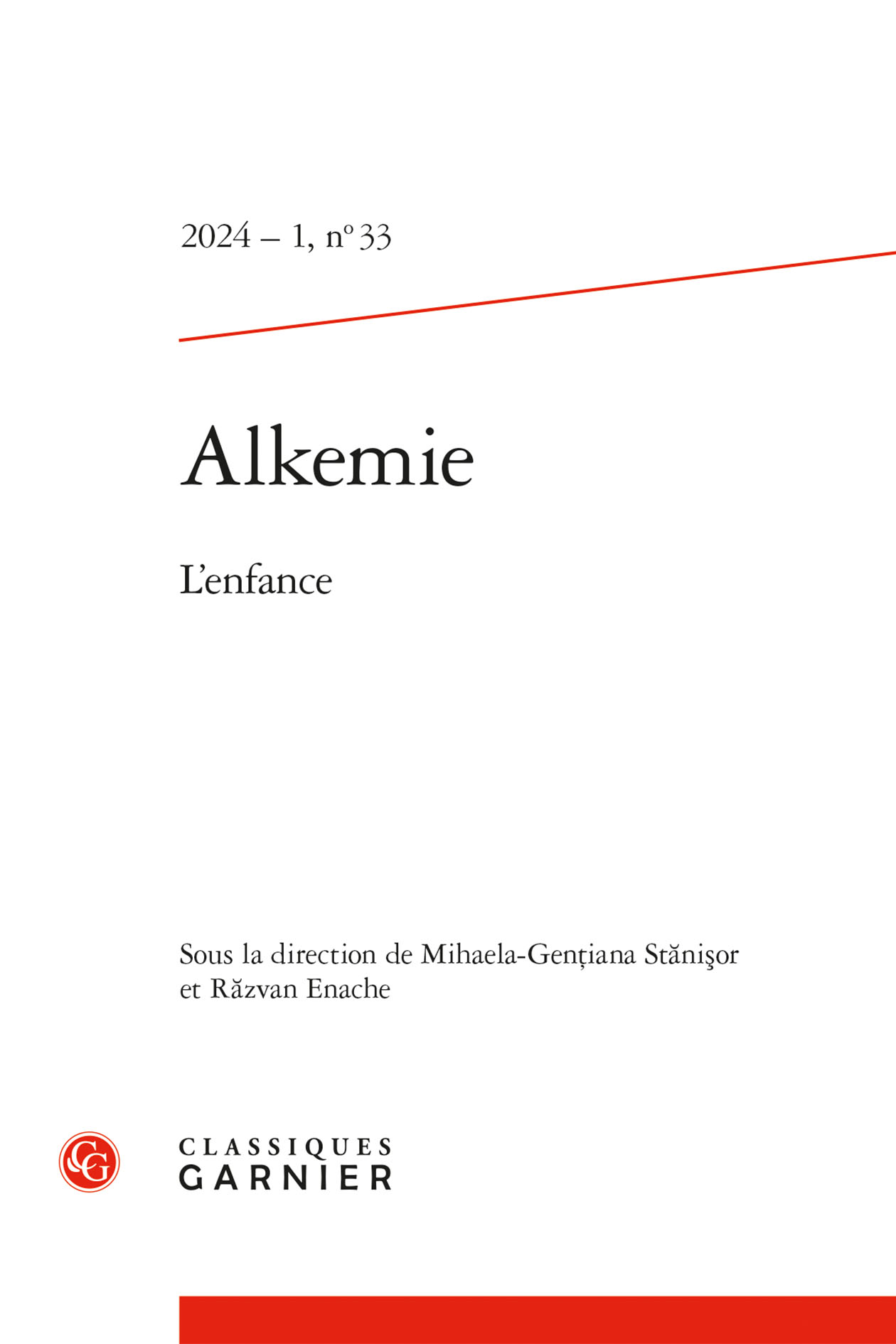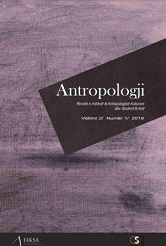
Figura të mitologjisë në epikën popullore shqiptare dhe propozim për një rrugë alternative të mbërritjes së tyre në Epos
While considering mythology as a system of symbols, the article deals not only with the developmen stages of mythological systems and its elements as mythographic inventory, but it sheds light on some particular characters of classical mythology found into the body of Albanian epic traditional songs. Through several arguments, the paper explores mythological paradigms, focusing particularly on common heroes in conterminous cultures and looks at the motives, background and traditions of epic traditional songs, which travelled round the region. Many of the motifs of the songs may have originated elsewhere, but they are also found in the Albanian cultural area. Alongside the characters and cultural heroes of Homeric myths in the Albanian epic songs and fairy tales too, there are also some other arguments about the myths originating from the theater or myths inspired by theater motifs. This separation of “theatrical myths” from “Homeric myths” buttress the idea that in addition to singer-bards and itinerant-nomadic rhapsodic, the theater played also a placental role in feeding up and spreading out ancient myths in Albanian epic songs and in oral fairy tales. Among many other cases, there is the one regarding the presence of a variant of the Medea’s myth in epic songs, typically sung in the Northern Albania. Besides to the well-known ways of culture emigrating and “rhapsōidos”, the article proposes at the same time other ways of migrating the myths away from the known place of creation and their possible arrival in the Albanian Epos, while also highlighting the role of theater and theatrical repertoire.
More...

